How did the Thunder avoid being down 0-2? Data Review Finals G1: They need to do these 5 things well
The finals G2 will be played on June 9, Beijing time, how can the Thunder, who have the first record in the regular season, avoid falling behind 0-2?
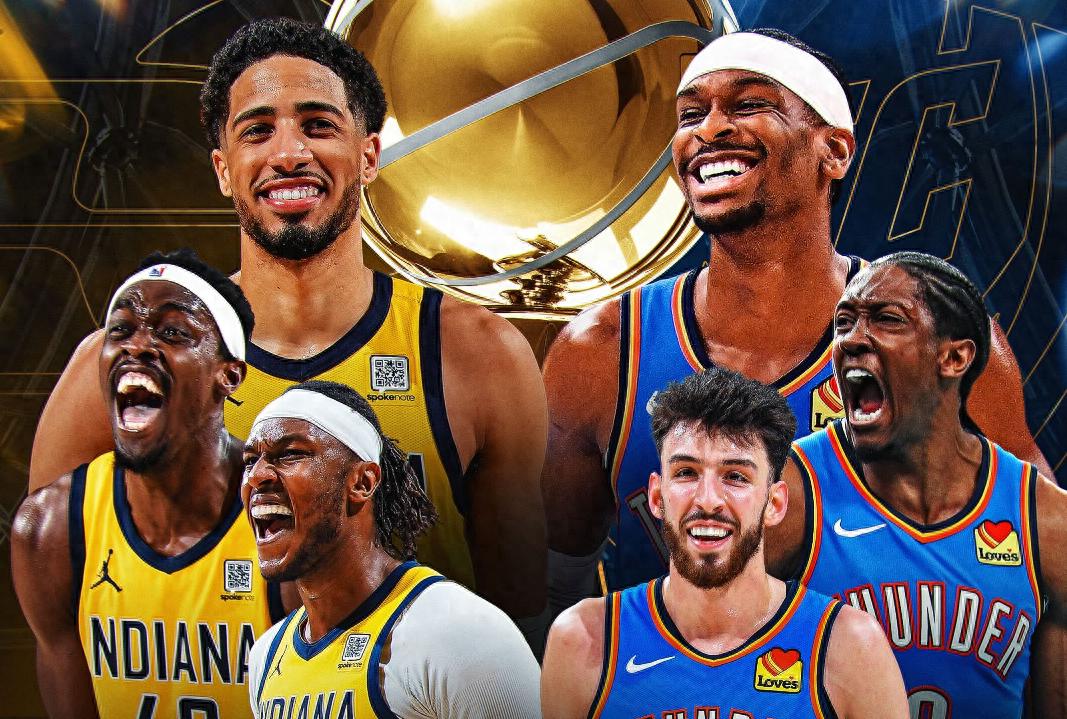

In the opening game of the Finals, the Thunder forced the Pacers to make 25 turnovers, the most in a single game in the Finals since the 21st century. Their All-Star guard Alexander scored 38 points, 24 more than the opposing Haliburton. They trailed by just 0.3 seconds at full-time. However, the Pacers withstood the pressure after a poor start and stole their first win 111-110. ESPN reviewed G1 of the Finals and pointed out that the Thunder need to do five things to try to get to the Pacers' home court with a 1-1 aggregate score.
1. Complete psychological reconstruction quickly
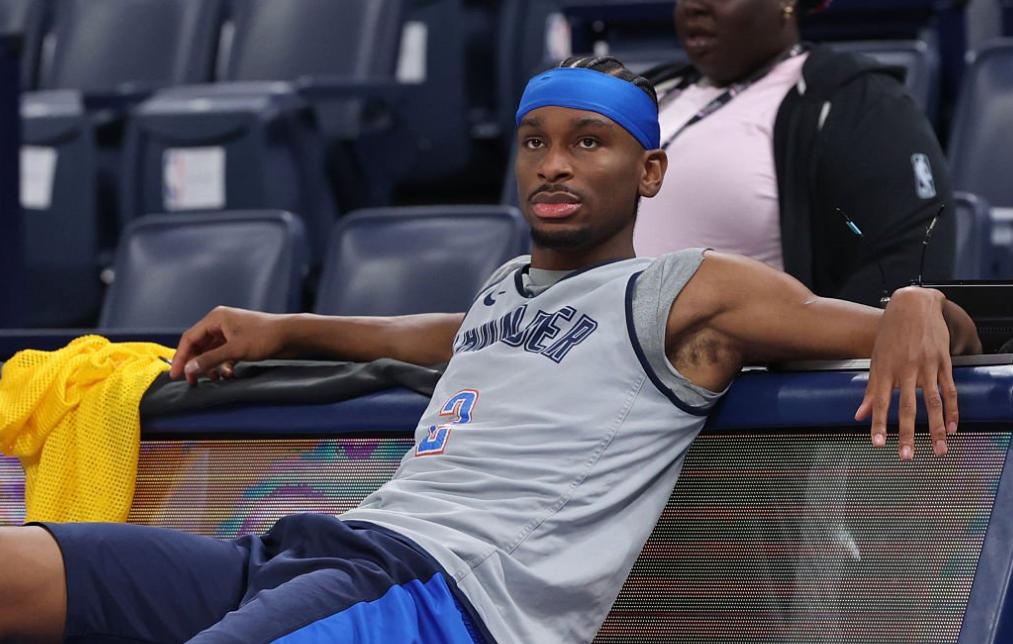
The Thunder's most important task has nothing to do with basketball tactics, it's all about mentality. They must put the first battle behind them, no matter how regrettable the outcome; They can't afford to lose a second game at home like the Knicks did after losing Game 1 of the Eastern Conference Finals. Fortunately, under the calm and calm Alexander, the Thunder had a similar experience. After a stunning rout in the opening game of the second round against the Denver Nuggets, the Thunder came on the court with a clear goal in the second game, scoring 87 points in the first half and winning 149-106. And after losing the third game in extra time, they also showed enough resilience to bounce back in the fourth game away.
This ability to adjust will be crucial in the Finals, as the Pacers will be better prepared in the future. In the first half of the opening game, the emerging Pacers seemed to be overwhelmed by the Finals stage, with as many as 19 turnovers, but in the second half they quickly stabilized their position, with only six turnovers, laying the groundwork for a comeback.
2. Holmgren and Jayway need to improve the stability of their contributions
Alexander scored 38 points in the opening game, but his lieutenants couldn't keep up. Holmgren and Jalen Williams are the team's barometer: when they're on the line, the Thunder are nearly invincible; But when they can't afford the regular burden of the team's second and third scorers, opponents are prone to upsets.
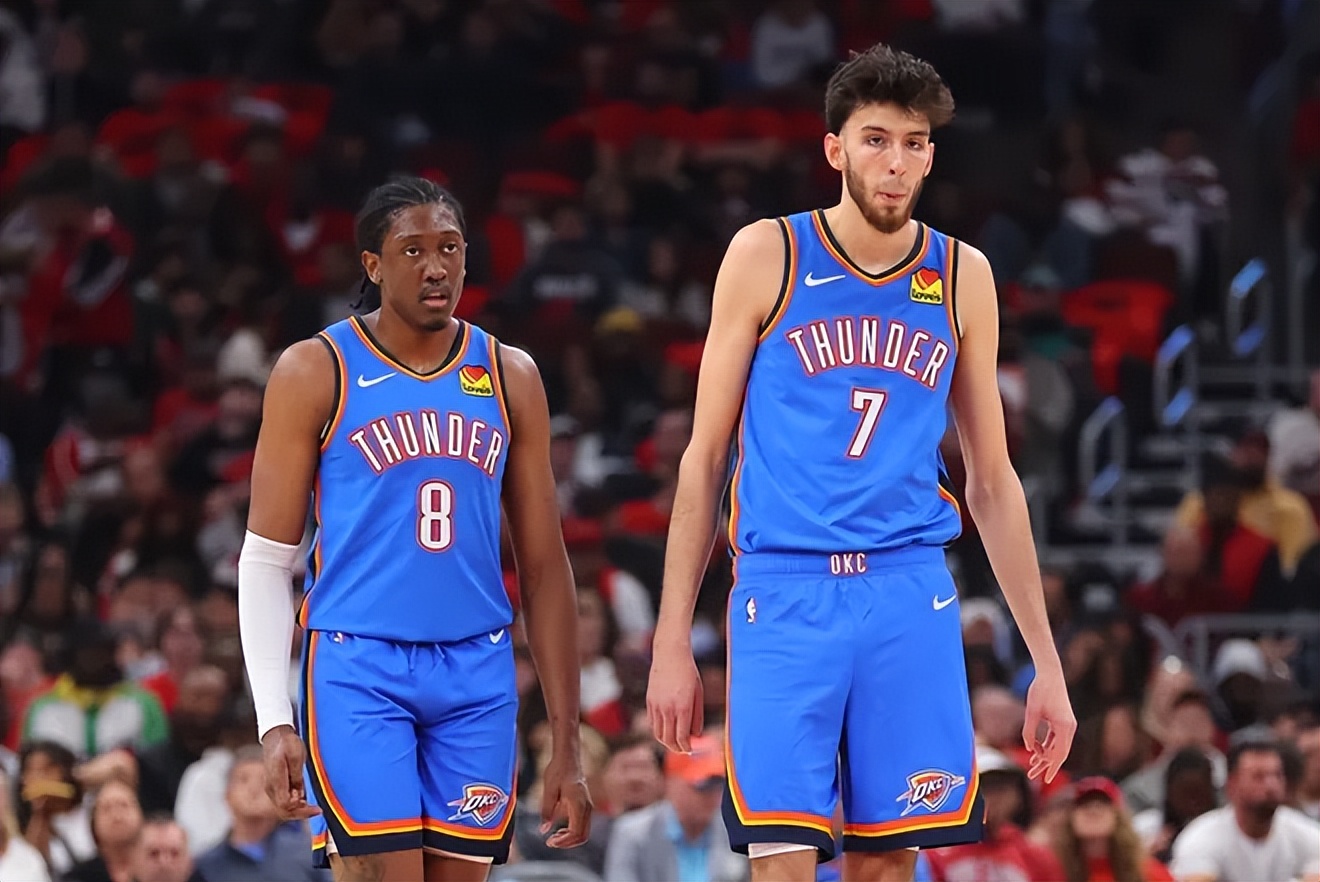
The two were in a slump in the opening game: Williams shot 6-of-19, including just 1-of-10 from the basket; Holmgren scored just six points on 2-of-9 shooting, and was pressed to the bench by coach Daigneault in the final quarter, switching to a small lineup to end the game.
The slump was particularly tricky because the Thunder made their first changes to their starting lineup in the playoffs — replacing Hartenstein with Carson Wallace and abandoning the two-tower formation. The adjustment put more pressure on Holmgren, but he missed the mark in his Finals debut. (Hartenstein, on the other hand, played 17 minutes off the bench and contributed nine points and nine rebounds.) In theory, the Pacers lack a strong center, and his appearance may not be the best matchup, but he may be worth more playing time in the future.
Not only was Holmgren invisible on the offensive end, but he was also a rare aberration: he repeatedly leaked people from beyond the three-point line, allowing the Pacers to close the gap in the final quarter. The Pacers' interior group was impressive: Myles Turner had 15 points and nine rebounds, and Obi Toppin scored 17 points off the bench (including five key three-pointers). Coupled with Siakam's suppression of Jalen Williams in the "second core of the team" matchup, the Pacers' supporting characters were enough to fill the scoring gap between Alexander and Haliburton, who struggled almost the entire game until the final shot.
3. Improve the efficiency of ball transfer
The Pacers entered the Finals with a clear defensive strategy: let Alexander go on the offensive but never let the rest of the defense be out of position by helping the MVP. This strategy caused the Thunder to fall into an unprecedented offensive stagnation. According to Genius IQ, the Thunder made just 208 passes in their opening game, the fewest passes of any game this season (regular season + playoffs). Adjusted for cadence, it's the second-fewest passes in a single playoff game in the stats-tracking era (2013-14 so far).
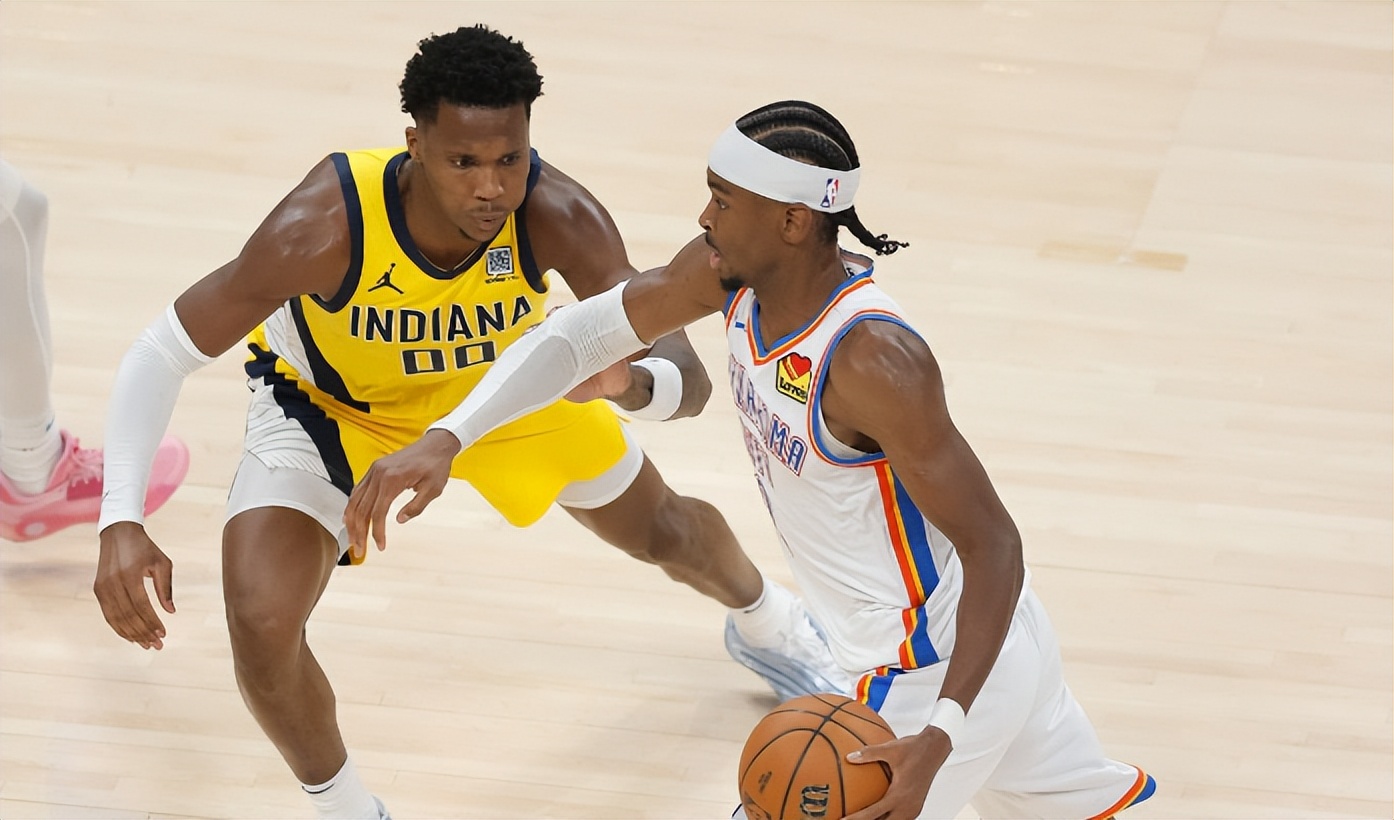
The other two games in the playoffs this season with the fewest passes after the tempo were Cavaliers vs. Pacers (Game 1 and Game 5), which is not surprising — the Pacers used a similar strategy to Mitchell to limit Alexander.
Although Alexander carried the load like Mitchell, he did little to create chances for his teammates. The Thunder dished out just 13 assists in their opening game, with a previous playoff low of 19 (the lowest of 16 in the regular season, which came in Game 82).
To be fair, if the shooting percentage was higher, the assists would have been more. But the Thunder should look at how to crack the Pacers' strategy by improving offensive fluidity in the offseason before the second game, which would allow Alexander's teammates to be more involved in the offense and help the team maintain the tempo during key periods.
4. Improve finishing efficiency under the basket
In retrospect, the Thunder's first game loss was foreshadowed in the first half — and despite forcing 19 turnovers, they failed to build a bigger lead. Their defence was as impregnable as ever, but the offense dragged its feet. The Thunder's finishing ability can be called "terrible". According to Cleaning the Glass, they shot 20-of-36 from the basket in their opening game (down from 86 percent of games this season) and just 3-of-18 from the pitch zone (down from 98 percent of games this season), which was incredibly bad.
The inability to finish under the basket is the main reason why they have difficulty turning turnovers into scores. The Thunder scored just 0.4 points per steal in their opening game, compared to their average of 1.4 over the season, a difference of more than three times.
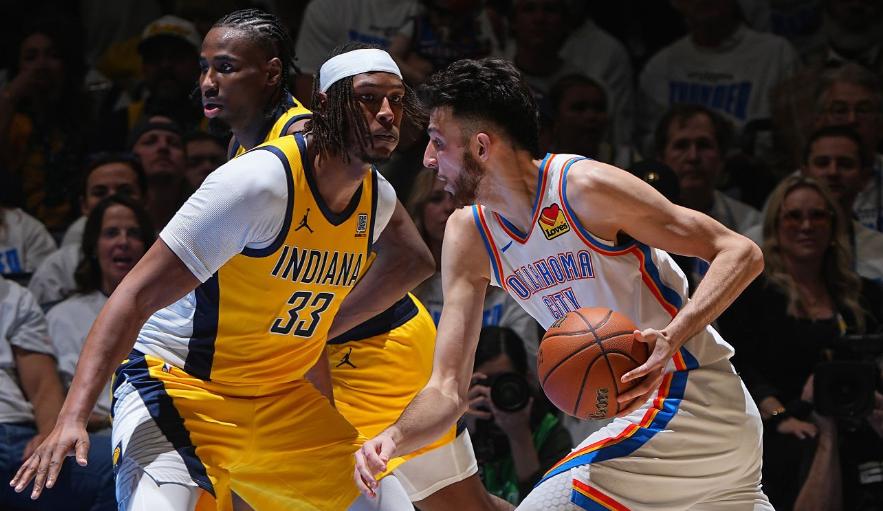
A lot of this was "credited" to Turner, who had three blocks and interfered with the Thunder's shooting on several occasions. According to Genius IQ data, the Thunder shot just 1-of-9 from the paint zone against the Pacers center — except for Alexander's first difficult layup, and then every time Turner was the nearest defender, the Thunder's close-range shots were all missed. Many of those mistakes can be traced back to Holmgren's poor finishing in the confrontation.
However, the Thunder are fully capable of and must improve their finishing efficiency in future games. Genius IQ estimates that the Thunder should have scored eight more points in the paint zone than they actually were, based on factors such as shooter type and defender position. If they had finished the season at a regular level, they would have won their first game.
5. Limit the Pacers' bottom corner three-pointers
If the Thunder hadn't let the Pacers wreak havoc outside the bottom corner three-point line, they would have won Game 1. This is the most prominent hole in the Thunder's overall strong defense. The stats show that as a price to pay for shrinking the basket, they have conceded the league's most bottom-corner three-pointers this season.
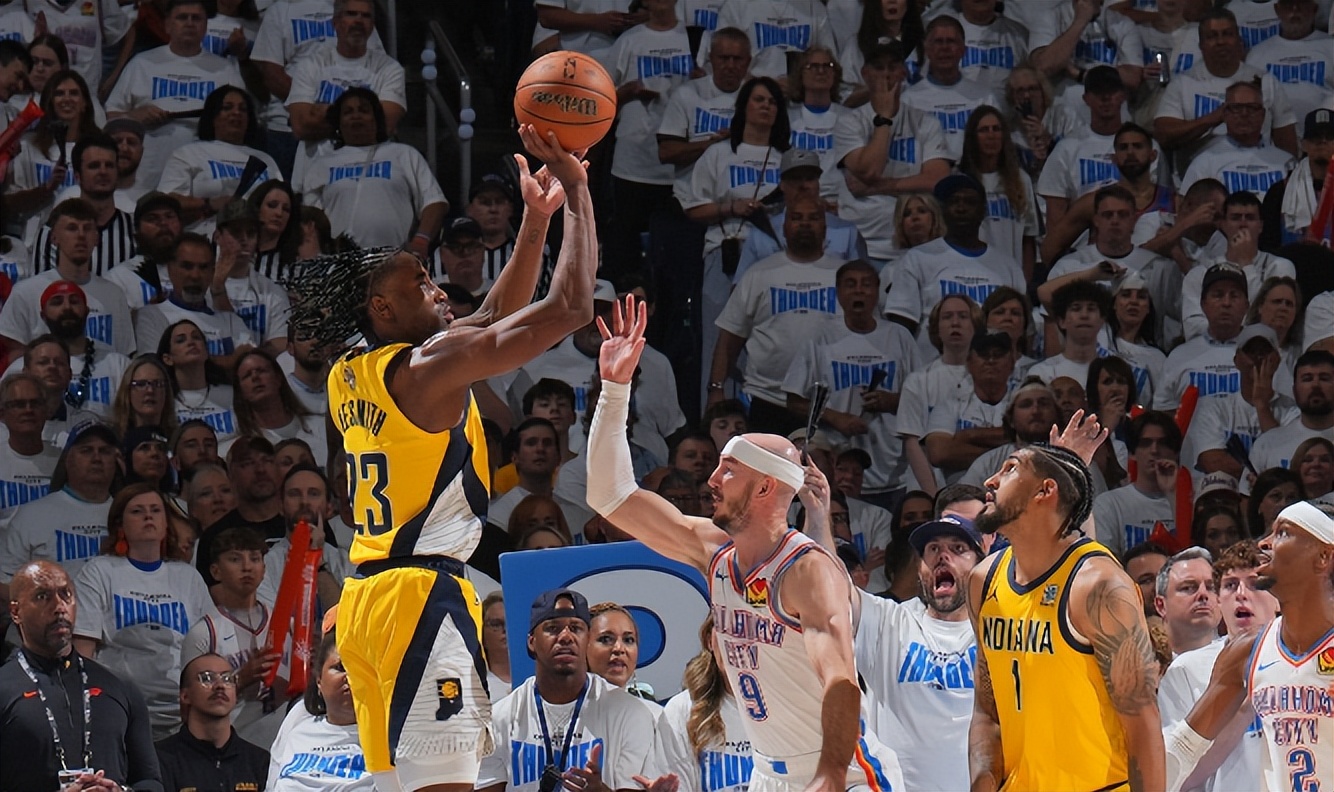
The Pacers made the most of that in their first game, shooting their corners with the highest frequency of three-point shots this season. They hit 10 of 16 three-point shots from the bottom corner (63 percent) and 7 of 9 (78 percent) in the second half, with every goal being the key to a comeback.
When looking back at the footage, the Thunder may accept some high-value shots — some of which are interfered shots, some of which are the inevitable result of helping defend other areas. Genius IQ also noted that the Pacers' actual three-point shooting percentage was far better than expected. But in other rounds, the Thunder's miscommunication allowed Pacers players to get big open spots in the bottom corner, which is unacceptable in the Finals.
While the tenacious Pacers won't give their opponents a chance to adjust easily, the Thunder will have to correct those detail holes. Regardless, they're on the back foot, and if they want to win Oklahoma City's first NBA championship in history, they'll have to address the problems exposed in the first game.


Wonderfulshortvideo
Looking to continue his strong start to the season 💪








 Links
Links
 Contact
Contact
 App
App


